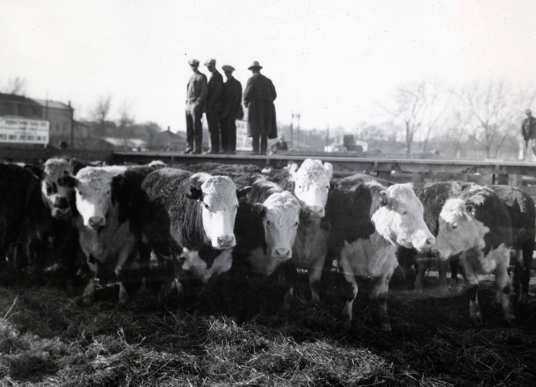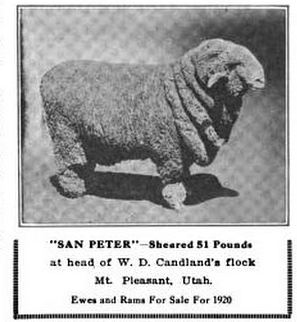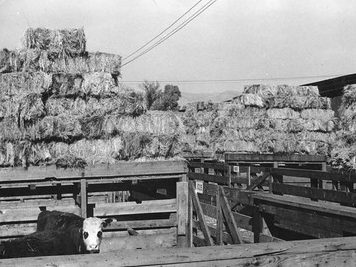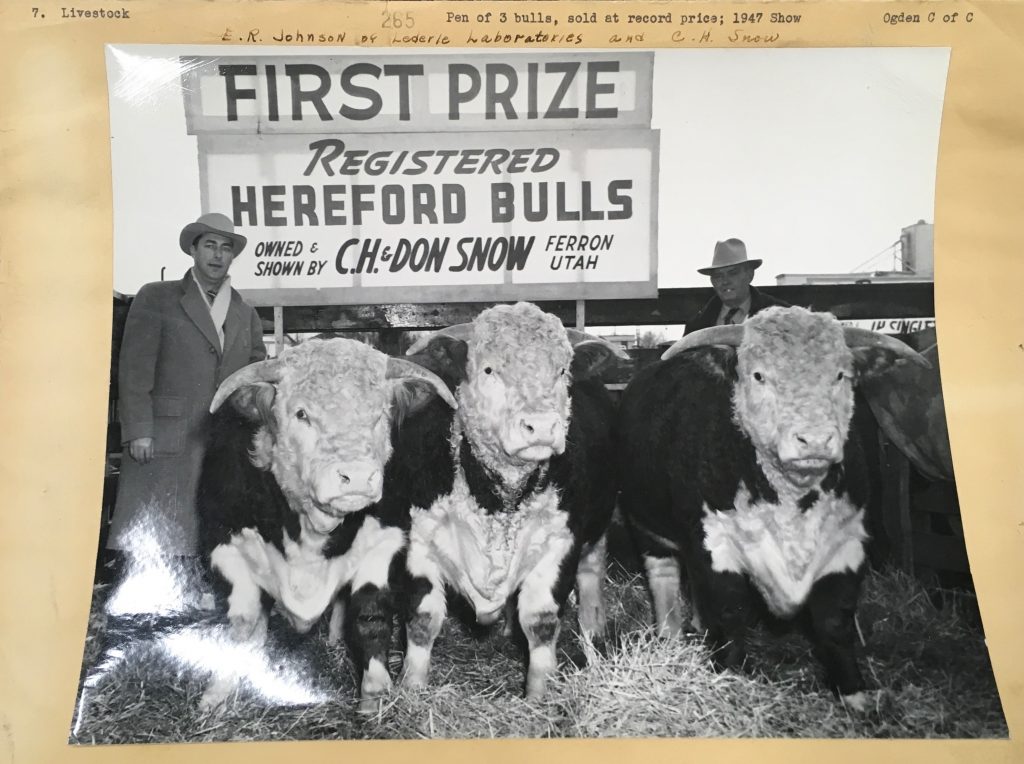
![]()
Growing the food that graced America’s tables
A hundred years ago, chances are you made your living growing food
Even if your family had other employment back in the day, if you lived outside the city you probably grew extra hogs for sale, had sheep in the pasture, and few head of cattle. Most families still lived on farms that were originally homesteads or obtained in pioneer times. Here, they dry farmed hay to feed livestock and perhaps raised other animals. Our economy was supported by wool growers, cattle ranchers, hog farmers and feed growers. Click below to read more about each of these producers.

Wool Growers and Sheep Herders
In the rural west, lands were grazed not only by cattle but also sheep. Wool growers recruited Basque sheepherders from Spain, who lived in wagons on the open range. It was a lonesome life. A full article is coming soon…

Hog Farmers
Many western families produced a few hogs for sale, often herding them a few miles from the homestead into town, where they would be loaded onto trucks and often transported by rail to Ogden.
A full article is coming soon…

Feed Growers
All those animals had to eat, and many local farms produced hay. Even byproducts from other produce became feed, like the stinky “pug stack” of spent pea vines from the Del Monte pea canning operation down the road.
A full article is coming soon..

